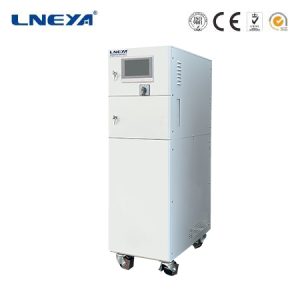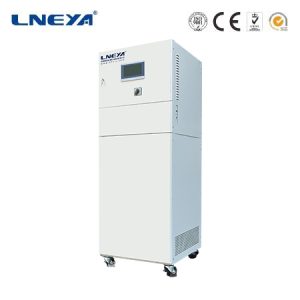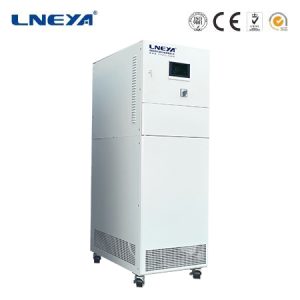Heating Cooling Controller: The Key to Comfort and Efficiency
A heating cooling controller is a system designed to automatically regulate the temperature within a building or an enclosed space. It plays a vital role in maintaining thermal comfort and energy efficiency, making it an indispensable part of modern HVAC (Heating, Ventilation, and Air Conditioning) systems. This article provides a comprehensive overview of heating cooling controllers, including their types, components, operation, and the importance of energy efficiency in their design.

Types of Heating Cooling Controllers
There are several types of heating cooling controllers, each suited for different applications and environments:
Thermostatic Controllers: These are the most basic type of controllers, using a bimetallic strip or a mercury switch to sense temperature changes and activate the heating or cooling system accordingly.
Programmable Controllers: These advanced controllers allow users to set specific temperature schedules, enabling the system to automatically adjust the temperature at different times of the day.
Smart Thermostats: Incorporating internet connectivity, smart thermostats can be controlled remotely via smartphones or other devices. They also learn user preferences over time and adjust the temperature accordingly.
Zone Control Systems: These systems allow for individual temperature control in different zones within a building, providing customized comfort and enhancing energy efficiency.
Components of a Heating Cooling Controller

The operation of a heating cooling controller relies on several key components:
Sensors: Temperature sensors detect the current temperature of the space and send this information to the controller.
Actuators: These are the components that actually control the heating or cooling system, such as valves that open or close to regulate the flow of hot or cold water.
Controller Unit: This is the brain of the system, processing the information from the sensors and sending signals to the actuators to maintain the desired temperature.
User Interface: This allows users to input their desired temperature and view the current status of the system.
Operation of Heating Cooling Controllers
The operation of a heating cooling controller is based on a feedback loop. The temperature sensor continuously monitors the ambient temperature and sends this data to the controller unit. If the temperature deviates from the set point (the desired temperature), the controller unit sends a signal to the actuators to either start or stop the heating or cooling system. This process repeats continuously, ensuring that the temperature remains stable.
Energy Efficiency Considerations
Energy efficiency is a critical aspect of heating cooling controllers. Modern controllers are designed to minimize energy consumption while maintaining comfort. Features such as:
Demand Control Ventilation: Adjusting the amount of outside air brought into a building based on the number of occupants.

Economizer Cycles: Using outside air to cool the building when it is cooler than the inside air, reducing the need for mechanical cooling.
Variable Speed Drives: Adjusting the speed of fans and pumps to match the system’s needs, reducing energy waste.
Integration of Smart Technologies
The integration of smart technologies in heating cooling controllers has revolutionized the way we manage temperature control. Smart thermostats can:
Learn User Behavior: Adjusting the temperature based on user preferences and patterns.
Remote Control: Allowing users to control the system from anywhere using a smartphone or other internet-connected device.
Integration with Other Smart Home Devices: Working in tandem with other smart devices to create a more efficient and comfortable living environment.
Conclusion
Heating cooling controllers are essential for maintaining thermal comfort and energy efficiency in buildings. With the advancement of technology, these systems have become more sophisticated, offering features like programmability, zone control, and smart integration. Understanding the different types, components, and operation of heating cooling controllers is crucial for selecting the right system for your needs and ensuring optimal performance. As technology continues to evolve, we can expect even more innovative solutions to enhance comfort and efficiency in our living and working environments.
 LNEYA
LNEYA
 简体中文
简体中文














































































